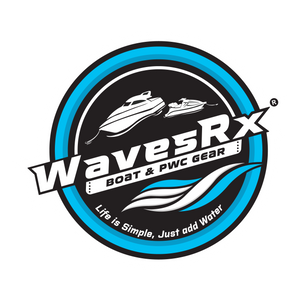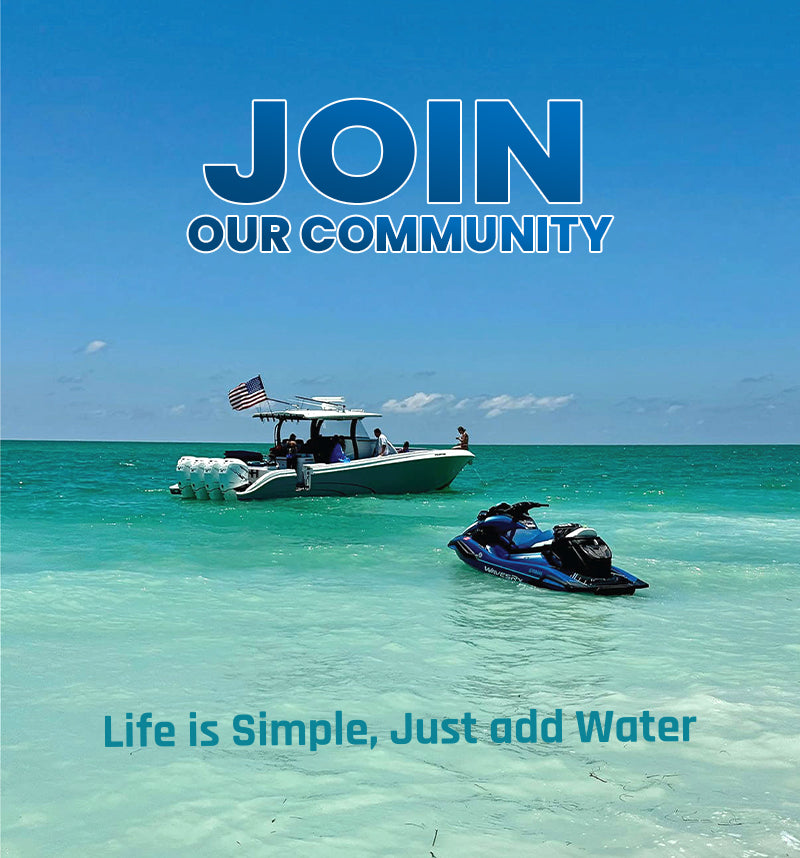Expert Tips for Anchoring Your Watercraft Near the Beach or on a Sandbar
Anchoring your watercraft near the beach or on a sandbar can be an exhilarating experience, offering you, your family, and friends the chance to enjoy a fun-filled day surrounded by sun, sand, and sea. However, anchoring in these unique conditions also comes with its own set of challenges, from navigating shallow waters and changing tides to selecting the right anchor and gear for optimal stability and security. Therefore, it becomes essential for watercraft owners to understand and follow the best practices to ensure a safe and enjoyable day out on the water.
In this comprehensive guide, we will provide expert advice to help you smoothly anchor your boat, jet ski, or PWC (personal watercraft) close to the beach or on a sandbar. We will delve into topics such as choosing the perfect anchor type and size, setting your anchor to withstand waves and tidal changes, and utilizing essential safety gear like anchor lines, buoys, and boat fenders. This comprehensive resource will empower you with the knowledge and confidence needed to anchor your watercraft securely, allowing you to focus on the fun and relaxation that awaits you on your beach or sandbar adventure.
Selecting the Right Anchor
It's crucial to choose the appropriate anchor type and size for your watercraft before setting out for the beach or sandbar. The ideal anchor will depend on your boat or PWC's size, the local water conditions, and the seafloor composition at your anchoring location.
1. Spike Anchors (Sand Spikes): These are specifically designed for small boats and are useful in sandy-bottom areas or for beach shorelines. Spike anchors, also known as sand spikes, are usually made of sturdy material like heavy-duty steel and are hammered or pushed into the sand or mud. They are lightweight, easy to install, and remove, making them a popular choice for beachgoers.
2. Slide Anchors (Box Anchors): Slide Anchors, also known as Box Anchors, are a patented system that helps maintain boats in their position. It is designed to be set into any bottom condition, requiring less line and providing a secure hold with 360° protection. It requires no lead chain and only a fraction of the line required for traditional anchors. It’s popular among pleasure boaters because it is easy to use and takes up less storage space.
3. Fluke Anchors: Also known as Danforth anchors, fluke anchors are lightweight and offer excellent holding power in sandy or muddy bottoms, making them suitable for anchoring near beaches or sandbars.
4. Plow Anchors: Plow anchors, like CQR or Delta anchors, provide excellent holding power in various bottom conditions, including sand, mud, or rocky surfaces. They're suitable for larger boats seeking secure anchoring near the shore or sandbars.
5. Mushroom Anchors: Ideal for small boats or PWCs, mushroom anchors provide adequate holding power in soft mud or sand bottoms, making them a practical option for anchoring on sandbars.
6. Grapnel Anchors: These compact and portable anchors are great for temporary anchoring on rocky or reef-filled bottoms. Grapnel anchors work best with small boats or jet skis on sandbars with rocky surroundings.
Setting Your Anchor to Withstand Waves and Tidal Changes
1. Approach: Approach the anchoring location slowly and cautiously, considering factors like water depth, tide change, and currents. Ensure there is enough space between your watercraft and other anchored boats.
2. Drop Anchor: Release your primary (bow) anchor once you have carefully chosen your desired position, making sure it touches the bottom gently. Slowly back up your watercraft, letting out enough anchor line (or rode) to achieve a proper scope – usually a 5-to-1 or 7-to-1 ratio of the line's length to the water's depth. Allow your boat or jet ski to drift slightly for the anchor to dig in securely.
3. Set the Stern Anchor: After your bow anchor is secure, drop the stern anchor towards the beach, holding your watercraft in a consistent position, reducing the risk of it swinging and hitting the shoreline.
4. Check Holding: With both anchors set, monitor your watercraft's position using GPS or physical markers onshore. Ensure your anchors hold firmly as the waves, tide, and winds change.
Our slide anchors at WavesRx, including the patent-pending TriAnchor, are designed to automatically reset when the current or wind direction changes, ensuring enhanced security for your watercraft.
Elastic Anchor Lines for Shock Absorption
In areas prone to wakes or wind gusts, using elastic anchor lines or snubbers can help absorb some of the shock generated by these forces, protecting your watercraft and reducing strain on your anchor system. These specialized lines consist of a stretchy, shock-absorbing material that provides added flexibility and prevents sudden jerks on your anchor.
Dealing with Tide and Currents
1. Tide Changes: Always account for tide changes when anchoring close to the beach or on a sandbar. Research high and low tides before your outing, and ensure your anchor line provides sufficient length for water level fluctuations.
2. Currents: In areas with strong currents, deploying two anchors – one at the bow and another at the stern – can help maintain your watercraft's position and avoid anchor dragging.
Understanding Different Seafloor Compositions
Different seafloors can impact an anchor's holding power and require tailored anchoring strategies:
1. Sand: Sandy bottoms provide excellent holding for slide, fluke and plow anchors. Set the anchor to dig deeply, ensuring secure attachment.
2. Mud: Fluke anchors also work well on soft, muddy bottoms, but you may need a larger anchor or extra scope to achieve adequate holding.
3. Rock: For rocky bottoms, slide anchors or grapnel anchors can secure your watercraft effectively by gripping onto rock formations.
4. Gravel: For gravel bottoms, opt for a slide, plow or grapnel anchor to penetrate and hold firmly.
Safety Gear for Anchoring
1. Anchor Lines: Select high-quality, marine-grade anchor lines designed to withstand environmental factors and anchor loads. Durable materials like braided nylon or polyester provide excellent strength and abrasion resistance.
2. Buoys: Anchor buoys make retrieving your anchor easier and indicate your boat's anchoring position to others, helping prevent collisions.
3. Boat Fenders: In the event of winds or currents pushing your watercraft towards nearby boats or objects, boat fenders can offer much-needed protection and prevent damage.
Securing Your Perfect Day on the Water
Anchoring your watercraft near the beach or on a sandbar can be a fulfilling experience when you're well-prepared and equipped with the right knowledge. By carefully considering your anchor type, seafloor composition, tide changes, and currents, you can confidently set up an anchor system that will keep your boat, jet ski, or PWC safe and secure. Don't forget to invest in essential safety gear like elastic anchor lines, buoys, and boat fenders to enhance your experience further and protect your watercraft.
At WavesRx, we provide premium marine accessories, including anchors, trailer tie-down straps, docking lines, marine ropes, and boat fenders, to ensure your anchoring adventures are stress-free and enjoyable. Browse our selection today and discover high-quality products that will keep your watercraft secure and let you focus on making unforgettable memories with your loved ones on the water.


